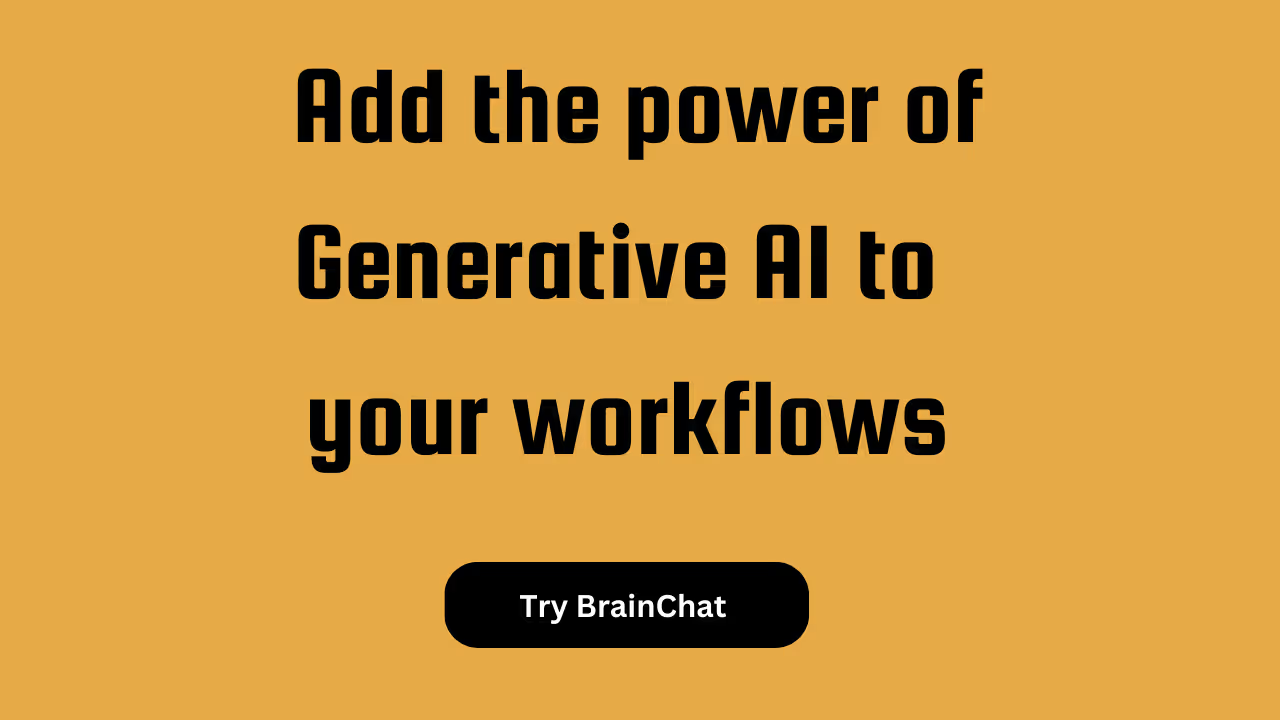
How to Make ChatGPT Undetectable

Artificial intelligence (AI) is popping up everywhere, and ChatGPT, a popular AI language model created by OpenAI, is leading the charge. ChatGPT is used in a ton of applications, from customer service bots to personal assistants. But, as much as it's super popular, there are times when one might want to make ChatGPT undetectable. Basically, this means ensuring users can't tell the difference between responses generated by ChatGPT and those from a real human.
Why is it important to pass ai detectors?
Well, ai detection is important for all sorts of reasons. Sometimes, it can massively improve user experience by making interactions feel more natural and seamless. In other cases, it might be super important for situations where knowing an AI is involved could affect how people perceive or react to the information.
In this article, I'm going to give you several tricks and strategies to make ChatGPT undetectable. We'll cover understanding ChatGPT, common detection methods, ai detectors and advanced techniques to make your AI blend in smoothly with human conversations.
BrainChat allows you to use ChatGPT (and other LLMs) at work in an organized, secure & collaborative way. Start adopting AI on your company today.
Understanding ChatGPT
What is ChatGPT?
It's a cutting-edge language model developed by OpenAI, designed to generate human-like text based on whatever input it gets. It's powered by GPT-3, which has a whopping 175 billion parameters, making it both powerful and versatile. ChatGPT can do everything from answering questions and engaging in conversations to creating content and much more.
Common AI Detection Methods
Despite its capabilities, users and systems can sometimes figure out they’re chatting with an AI. Common detection methods include:
- Repetitive or unnatural language patterns.
- Lack of deep contextual understanding.
- Incoherent or off-topic responses.
- Overuse of certain phrases or templates.

Techniques to bypass AI detectors
Natural Language Processing (NLP) Optimization
Use of Human-Like Text
To make ChatGPT's output sound more human, focusing on the subtleties of human language is key. This involves using varied vocabulary, idiomatic expressions, and natural sentence structures. Avoid relying too much on specific phrases and introduce variety in the responses to keep things fresh.
Avoiding Repetitive Patterns
Recognizable patterns can be a dead giveaway for a bot. Make sure ChatGPT avoids repeating the same phrases or structures over and over. This can be achieved by dynamically generating responses and incorporating broader range of vocabulary.
Contextual Awareness
Understanding Context
Boosting the context-awareness of ChatGPT is crucial for making it undetectable. This means ensuring the AI understands the context of the conversation and responds appropriately. Training ChatGPT with examples that emphasize context can really improve its performance.
Adaptive Response Generation
Adapting responses based on the flow of the conversation is another critical aspect. ChatGPT should be able to pick up on the tone, mood, and specifics of the conversation and adjust its responses accordingly. This makes interactions feel much more natural and less robotic.
Advanced Configuration Settings
Fine-Tuning Parameters
Tweaking the parameters of ChatGPT can significantly enhance its natural output. This includes adjusting settings like temperature and max tokens to ensure that responses are coherent and contextually appropriate while still sounding human-like.
Custom Training Models
Training custom models for specific use cases can also improve undetectability. By feeding ChatGPT with domain-specific data and fine-tuning the model, you can create more specialized and contextually aware responses.
Practical Application
Case Studies
Real-world examples can provide valuable insights into making ChatGPT undetectable. For instance, customer service bots that have been fine-tuned to handle specific queries naturally and seamlessly show the potential of these techniques.
Best Practices
Here are some best practices for maintaining undetectability:
- Regularly update and fine-tune the model.
- Continuously monitor and analyze interactions to identify areas for improvement.
- Ensure a diverse range of responses to avoid patterns.
Ethical Considerations
Responsible AI Usage
While making ChatGPT undetectable can enhance user experience, it's essential to consider the ethical implications. Transparency and honesty should be maintained to avoid deceiving users.
Transparency and Accountability
Maintaining transparency in AI interactions is crucial. Users should be informed when they are interacting with an AI, even if the AI is undetectable. This builds trust and ensures accountability.
Tools and Resources
Recommended Tools
Several tools can assist in optimizing ChatGPT's undetectability. These include natural language processing (NLP) libraries, AI training datasets, and fine-tuning frameworks.
Further Reading
For those interested in learning more, here are some suggested articles, books, and papers on AI and natural language processing:
- "Artificial Intelligence: A Guide for Thinking Humans" by Melanie Mitchell.
- "Deep Learning" by Ian Goodfellow, Yoshua Bengio, and Aaron Courville.
- Research papers from journals like the Journal of Artificial Intelligence Research (JAIR).
Wrapping up
In this article, we discussed the importance of making ChatGPT undetectable, common detection methods, and various techniques to improve undetectability. We also covered practical applications and ethical considerations.
As AI continues to evolve, the ability to create undetectable AI interactions will become increasingly important. By following the techniques and best practices outlined in this article, you can enhance the naturalness and effectiveness of your AI applications.
FAQs
Common Questions and Answers
Q: Why is it important to make ChatGPT undetectable?
A: Making ChatGPT undetectable can enhance user experience and ensure more natural interactions, which is especially important in customer service and other applications where human-like communication is essential.
Q: What are some common methods to detect ChatGPT?
A: Common detection methods include identifying repetitive patterns, lack of contextual understanding, and incoherent responses.
Q: How can I improve the contextual awareness of ChatGPT?
A:Improving contextual awareness can be achieved by training ChatGPT with examples that emphasize context and adapting responses based on the flow of conversation.
SEO Considerations
- **Keyword Density:** Ensure that the main keyword "how to make chatgpt undetectable" is naturally integrated into headings, subheadings, and the body text without overstuffing.
- **LSI Keywords:** Include related terms and phrases such as "ChatGPT detection methods," "natural language processing," "contextual AI," and "responsible AI usage" to enhance semantic relevance.
- **Internal & External Links:** Add internal links to related articles on your website and external links to authoritative sources like Google Search Central for credibility.
- **Meta Tags and Descriptions:** Create compelling meta titles and descriptions incorporating the main keyword to improve click-through rates.
- **Alt Text for Images:** Provide descriptive alt text for all images used in the article, ensuring they are keyword-rich without being spammy.
- **Mobile Optimization:** Ensure the article is optimized for mobile devices, offering a seamless reading experience across all platforms.
By following this detailed outline and incorporating the best SEO practices, you can create a comprehensive, informative, and highly optimized article that stands a strong chance of ranking well on Google's search engine.
Turbocharge your team with BrainChat AI
Teams using BrainChat report a 40% boost in task completion speed. Imagine what your team could achieve.
%20(1).png)



